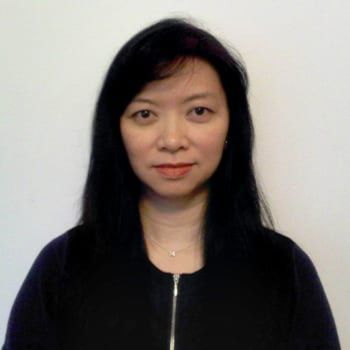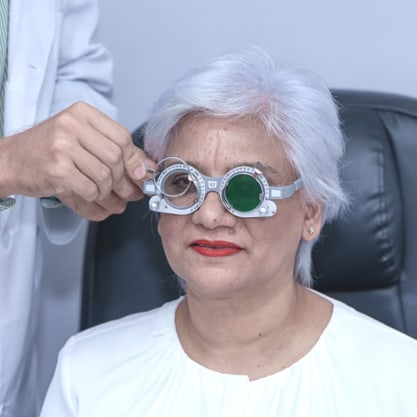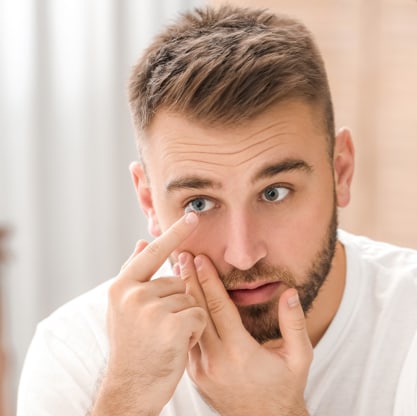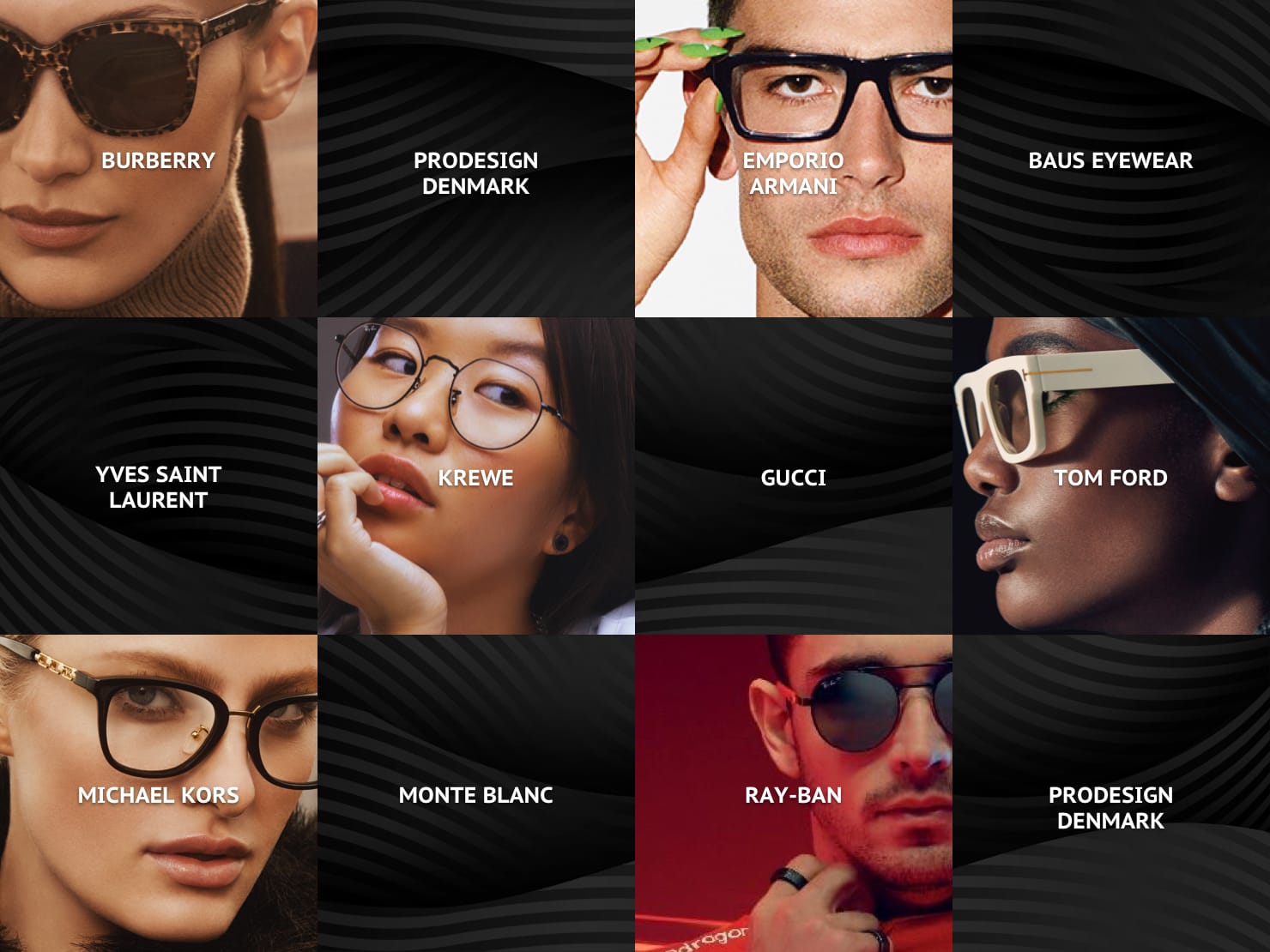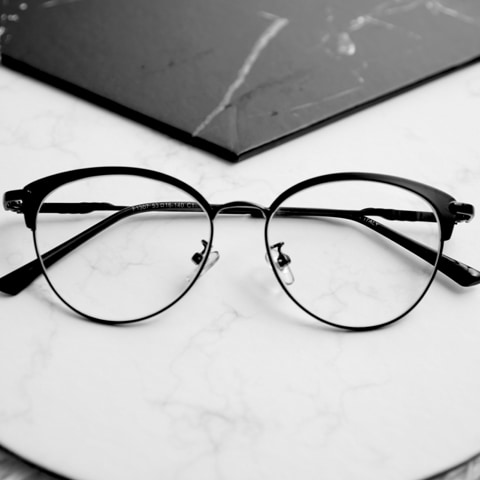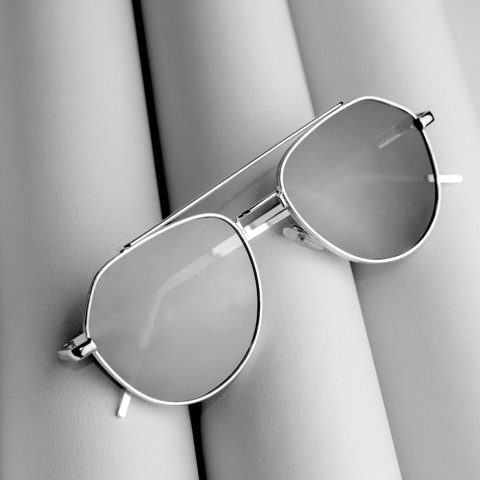Not everyone is fortunate enough to experience clear vision without the support of corrective lenses. In fact, a great many Canadians have myopia (nearsightedness), a refractive error that typically develops during childhood and causes distant objects to appear blurry.
Myopia develops when the eye grows in a way that causes it to become elongated. While myopia cannot be cured or reversed, specialized therapies can help manage its progression in children.
All About Myopia
Myopia causes blurry distance vision due to structural change in the shape of the eye.
People with myopia may struggle to see distant objects, like the front of a classroom or road signs. However, close-up tasks like reading a book or using a smartphone are unaffected by the condition.
The shape of a normal eye—one without refractive error—is round. When light enters the lens and is refracted by the cornea, it’s focused directly onto the retina, resulting in clear vision at all distances.
On the other hand, in an eye with myopia, either the eyes itself is elongated or the cornea has grown to be too curved. In either case, this causes light rays to focus in front of the retina instead of directly on it, leading to blurry vision when looking at distant objects.
Symptoms & Causes
Common symptoms of myopia generally include:
- Blurry vision when looking at distant objects
- Squinting to see clearly
- Eye strain or discomfort
- Difficulty seeing at night (nighttime glare or halos)
- Headaches, especially after activities like driving or working on screens
Myopia typically develops while the eyes are still growing. It can develop at any age, but most often appears in kids aged 6–12, after which it continues to progress until vision begins to stabilize in adulthood.
A combination of genetics and environmental factors influences our eyes’ shape:
- Family history: If one or both of your parents are nearsighted, your risk of developing myopia is higher.
- Prolonged near work: Spending long hours on tasks like reading or looking at digital screens causes eye strain, which in turn increases the likelihood of myopia.
- Reduced outdoor time: Exposure to natural light plays a protective role in eye health. Studies suggest that children who spend less time outdoors are more likely to develop myopia.

Why Does Myopia Worsen?
For many patients, myopia tends to progress during childhood and adolescence as the eyes continues to grow. This period of active myopia progression slows or stabilizes at around age 20, when the eye reaches its full size.
However, several factors can cause myopia to worsen in adulthood:
- Prolonged near work: Activities such as reading, using digital devices, or working on computers for extended periods can lead to eye strain. Constantly focusing on nearby objects can also elongate the eye over time.
- Lack of natural light: Spending limited time outdoors reduces exposure to natural light, which helps regulate eye growth. A lack of natural light may contribute to worsening vision.
- Genetic predisposition: Adults with a family history of progressive myopia are more likely to experience continued worsening vision, as genetic factors influence the structure and growth of the eye.
Although myopia itself isn’t a serious condition, high myopia can have implications for eye health in adulthood, which is why progression of the condition can be concerning.
High myopia occurs when nearsightedness exceeds -6.00 diopters (a measurement of lens prescription strength). This condition increases the risk of complications such as:
- Retinal detachment: When the retina pulls away from the back of the eye, leading to vision loss.
- Glaucoma: Increased pressure inside the eye, which can damage the optic nerve.
- Myopic macular degeneration: Changes in the central part of the retina, leading to impaired central vision.
Understanding Myopia Control
Although myopia cannot be cured or reversed, specialized therapies are used to slow its progression in children. Myopia control therapies help minimize the risk of developing high myopia and its associated complications later in life.
These therapies are best implemented during childhood, as the eye is more susceptible to changes while a child is still growing and developing.
At Sage Eyecare, we focus on the following effective strategies for myopia control:
- MiyoSmart lenses
- MiSight 1 day contact lenses
MiyoSmart Lenses for Myopia Control
MiyoSmart lenses are non-invasive eyeglass lenses that use Defocus Incorporated Multiple Segments (DIMS) technology to adjust how light enters the eyes.
MiyoSmart works by correcting refractive error in order to provide clear vision, while also adjusting how light reaches the eye in a way that slows elongation of the eyeball. This dual approach not only gives your child clear vision, but also slows the progression of myopia by up to 60% on average, thereby protecting your child’s future vision.
MiSight 1-Day Contact Lenses for Myopia Control
These specialized soft contact lenses work in a similar fashion to MiyoSmart lenses.
MiSight contact lenses correct central vision while defocusing peripheral vision using its dual-focus design. This technology helps signal to the eye to slow its elongation, thereby addressing the underlying cause of myopia progression.
At Sage Eyecare, we also carry J&J Abiliti contact lenses. These contact lenses are also specifically designed to slow the progression of myopia in children
Children can wear MiSight or Abiliti lenses during their usual waking hours with guidance from their optometrist to confirm proper contact lens wear and care.
Schedule a Consultation
Myopia can worsen with age without proper management, increasing the risk of eye conditions posing a threat to overall vision.
Thankfully, myopia progression can be managed using specialized therapies, aiming to slow eye elongation. Starting these therapies sooner rather than later is ideal for effective results.
Connect with our team at Sage Eyecare to schedule a consultation and learn which myopia control therapy is most suitable for you.



